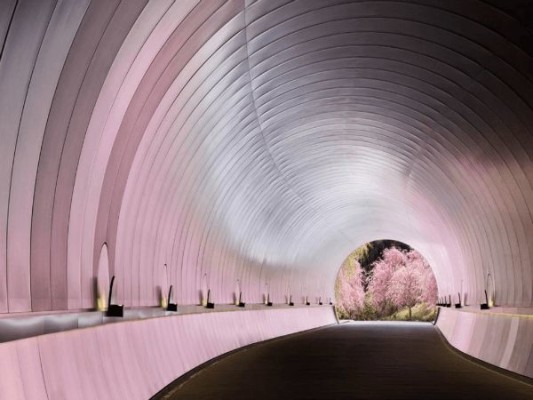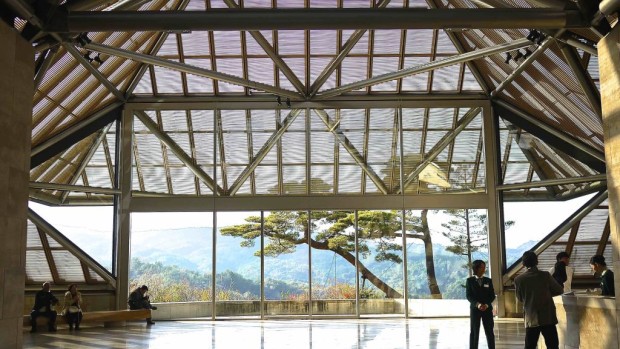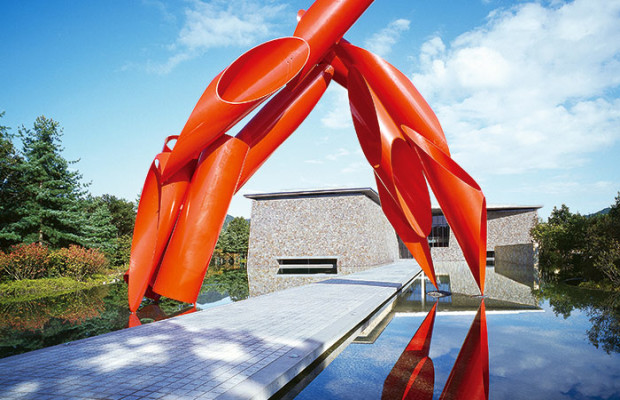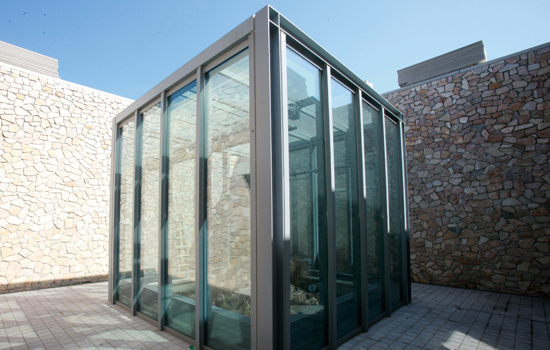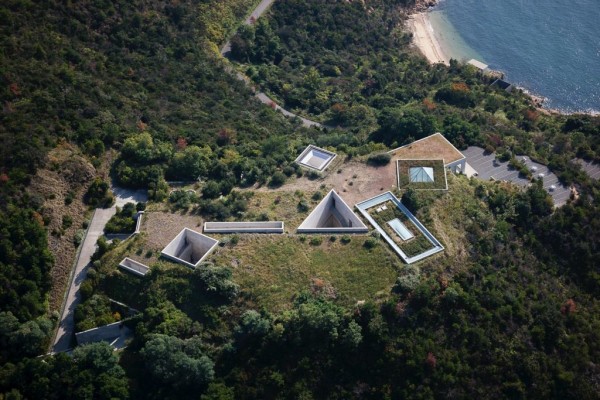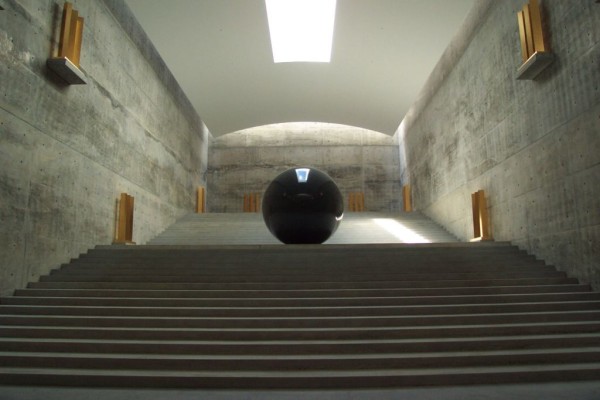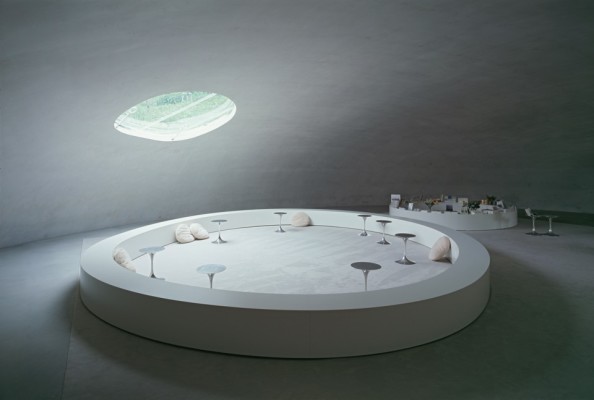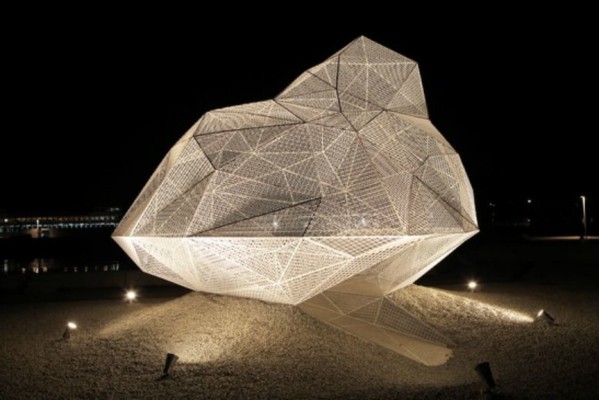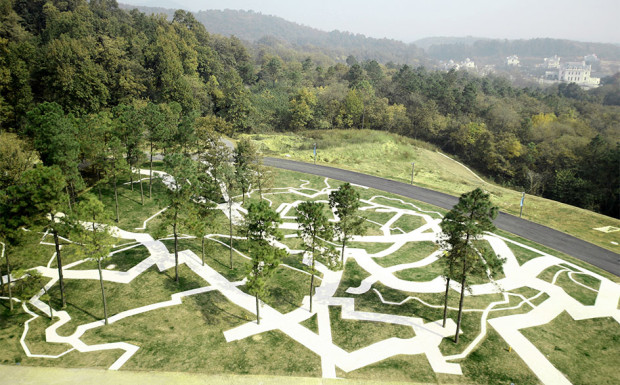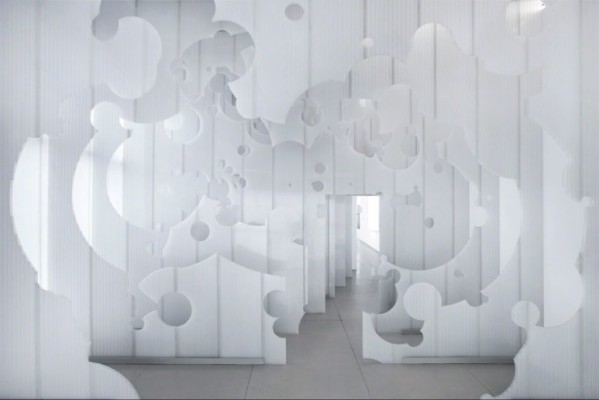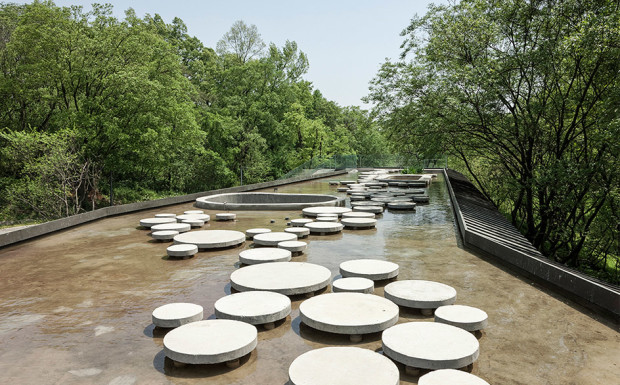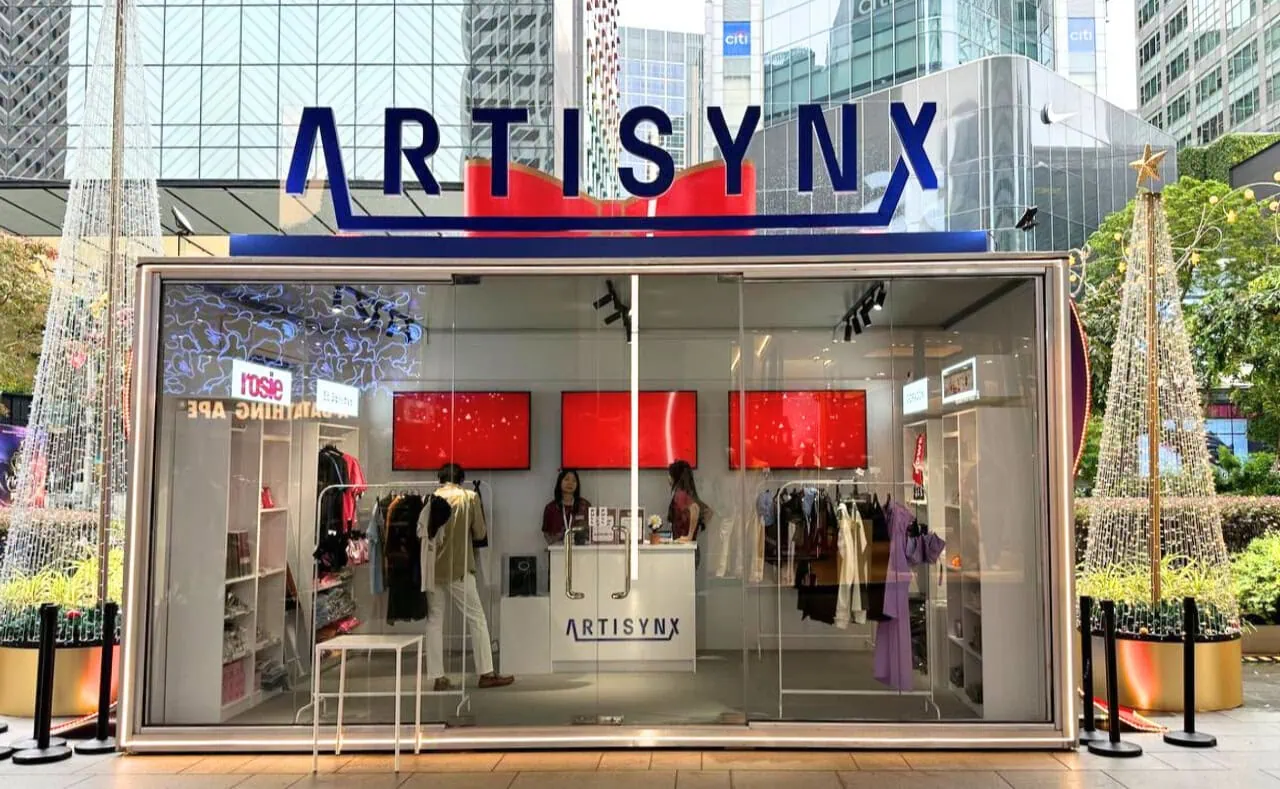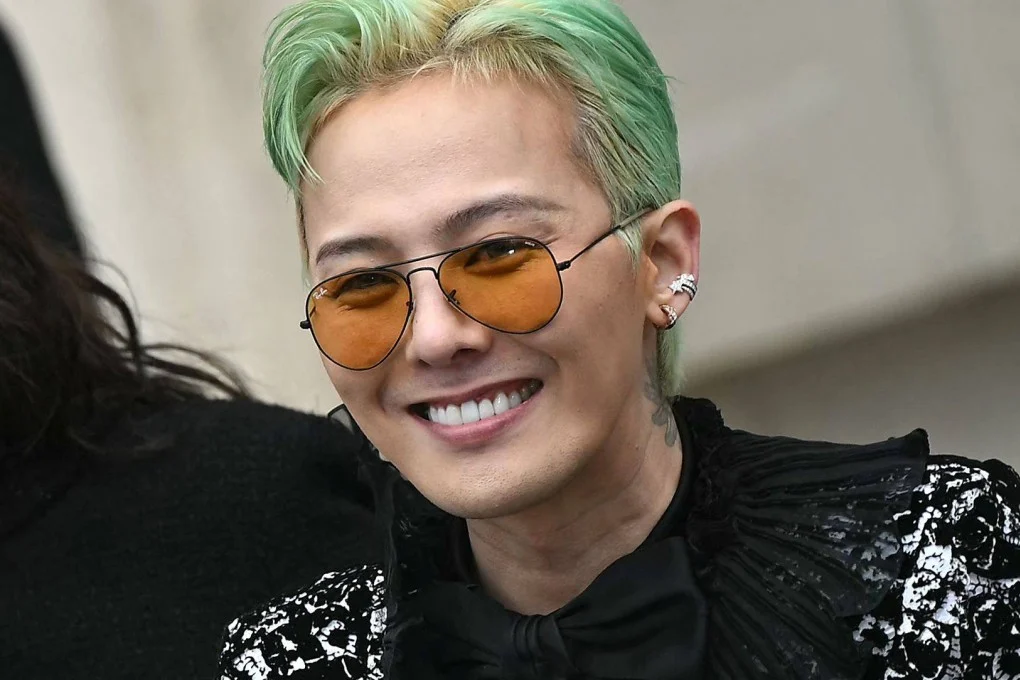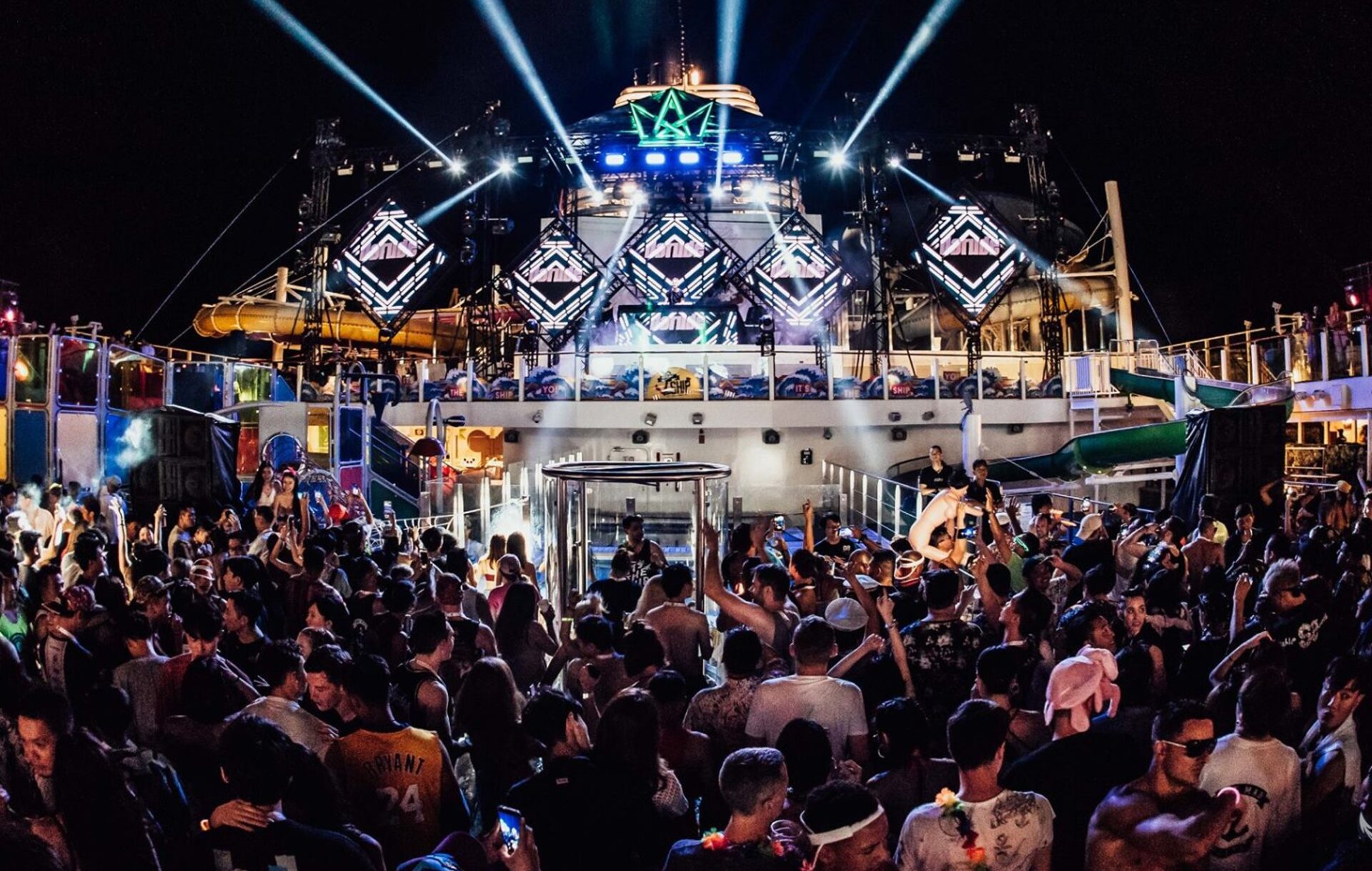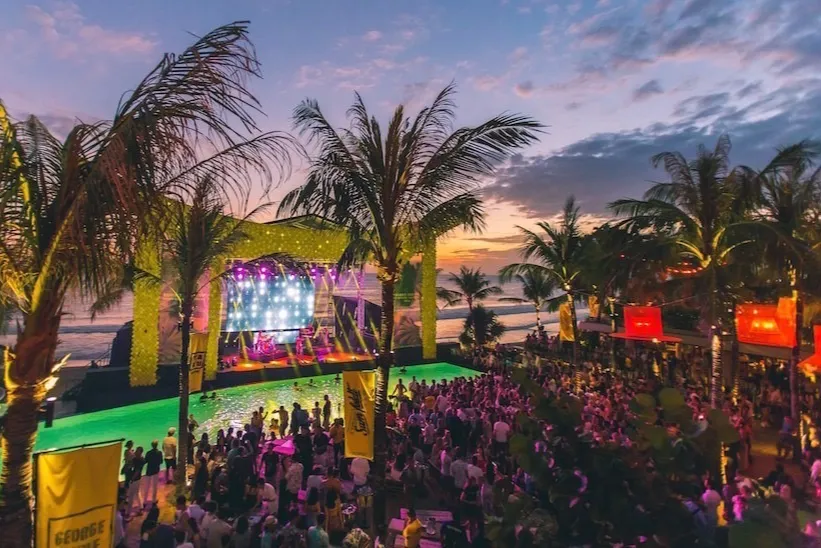If you feel that you’ve seen all that the Singapore art scene has to offer (i.e. traversed the ten galleries at National Gallery to the point that you feel like a human GPS guiding lost lambs around) then perhaps it is time to look beyond our shores.
In this article, we’ll bring you four of the best destination museums in the Asian region. These museums are not for the faint of heart – the minimum recommended amount of time to spend at any one of them is a full day, with some even requiring you to stay for a few days and lodgings located within the museum site for weary culture vultures. Getting to these destinations is no easy feat either; some will necessitate you to travel by land, sea and air just to reach the museum. However, your efforts will be greatly rewarded: each and every single one of these museums are designed by some of the world’s leading architects and boast some of the most extensive and rare art collections – these museums are multi-sensory experiences and artworks in themselves. Time to break out those frequent flyer miles!
-
Miho Museum, Japan
Mode of transport: train and bus
Recommended duration of stay: 1 day

A view of the entrance of the museum. The rest of the building is carved into the mountain side.
Designed by Chinese architect, I. M. Pei, the Miho Museum in Japan is a destination in itself. Located Southeast of Kyoto, near the town of Shigaraki in Shiga Prefecture this museum houses a private collection of Eastern and Western owned by Mihoko Koyama, the heiress to Toyobo, a Japanese textile empire. The collection itself is a remarkable one, consisting of Asian and Western antiquities such as Mesopotamian mosaics, Buddha statues from Afghanistan and Roman frescoes.

The tunnel that leads you to the main building of Miho Museum

During the Sakura season in Spring, the tunnel recreates the feeling of discovering Shangri-La. Image courtesy of Boutique Japan
Pei’s concept for Miho Museum was that of Shangri-La – a mythical utopia of peace and harmony hidden deep in the mountains. To enter the museum, one has to walk along deep and long tunnel through the mountain before emerging on the other side and to glimpse the actual museum entrance. On first sight, the building appears deceptively small due to the fact that most of the building itself is located within a mountain, with almost three quarters of the 17 400 square meter museum carved into a rocky mountainside. The museum is closed for a quarter of the year, due to harsh weather conditions in the winter, only opening from March to December.

Inside the Miho Museum, which is constructed using Limestone imported from France -
Museum SAN, South Korea
Mode of transport: bus or car
Recommended duration of stay: 1-2 days

The museum annex which houses five works by American artist James Turrell. Image courtesy of Museum SAN
Museum SAN, previously known as Hansol Museum, is located near Wonju-si in Gangwon-do, South Korea. The main building itself is designed by Japanese architect, Tadao Ando while a separate building is dedicated to housing five works by the American artist James Turrell, known for his multi-sensory immersive light installations. The sprawling grounds also include a flower garden, a water garden and a stone garden.

An ‘Archway’ sculpture by Alexander Liberman’s greets visitors at the entrance of Museum SAN. Image courtesy of Museum SAN
The museum is the private collection of Lee In-Hee, an avid collector of modern and contemporary Korean art and the daughter of Samsung’s founding chairman Lee Byung-Chul. The extensive range of Korean art in the collection maps the search for a new national art, pursued by Korean artists after 1945. The Museum SAN collection includes works by Lee Hang Sung, Hwang Kyu Baik, Han Mook and one of the most important video artists in contemporary art, Nam June Paik.

The Papyrus Glasshouse where visitors can see real papyrus, which is part of the ‘From the Birth of Paper to the Present’ exhibition. Image courtesy of Museum SAN -
Benesse Art Site Naoshima, Japan
Mode of transport: train and ferry
Recommended duration of stay: 3-4 days

An aerial view of the Chichu Art Museum. Image courtesy of Benesse Art Site Naoshima

The Oval is a private residence for guests and offers access to the Benesse House Museum after official museum hours. Image courtesy of Iwan Baan
Part of the Kagawa and Okayama Prefecture in Japan, Naoshima, Teshima, Inujima and Megijima are a group of island towns located in the Seto Inland Sea and one of Asia’s best kept secrets in terms of contemporary art museums. The Benesse Art Site Noshima is a sprawling museum and hotel complex that spans thirteen art sites. Much of the architecture for the sites are designed by Japanese architect Tadao Ando, including the Benesse House which is the main lodging facility and simultaneously annexes the Benesse House Museum. Overlooking the Seto Inland Sea, the Benesse House Museum houses works by Japanese photographer Hiroshi Sugimoto, German photographer from the Düsseldorf Kunstakademie Thomas Ruff, Yayoi Kusama, as well as Chinese artist Cai Guo-Qiang, just to name a few.

This entire space in the Chichu Art Museum was developed under the guidance of Walter De Maria. Image courtesy of Benesse Art Site Naoshima
Located on the island of Naoshima is also the the Chichu Art Museum which boasts a number of site-specific installations by artists such as James Turrell, Walter De Maria, as well as a garden modeled from Claude Monet’s garden in alongside five of his Water Lilies paintings. Not far from the Chichu Art Museum is the Lee Ufan Museum, created in collaboration between the Korean artist and Tadao Ando allowing the works to play against the environment in an aporia of stillness and dynamism.

The cafe within the Teshima Art Museum, designed by Japanese architect Ryue Nishizawa. Image courtesy of Benesse Art Site Naoshima
Another highlight located on the island of Teshima is the Teshima Art Museum which contains one single artwork entitled Matrix by the Japanese artist Rei Nato, which features water trickling out through the ground within a droplet-shaped structure designed by architect Ryue Nishizawa. The construction is merely held up by its shell-like shape with no supporting pillars, and also houses a cafe.
If this is impressive list of art is not enough to make your cultural capacities burst with excitement, then perhaps the Setouchi Triennale might. The tri-annual affair has expanded to span across fourteen venues and twelve islands for the 2016 edition, happening this year – including the islands of the Benesse Art Site. Some of this year’s highlights include a stainless steel ‘Naoshima Pavilion’ by Japanese architect Sou Fujimoto that spans seven metres, a site-specific installation by Ukrainian artist Alexander Ponomarev on Honjima island and performances with giant puppets and live music by Melbourne-based Snuff Puppets.

The ‘Naoshima Pavilion’ by Sou Fujimoto. Image courtesy of Blouin Artinfo -
Sifang Art Museum and Park, China
Mode of transport: car or bus
Recommended duration of stay: buy an apartment here and stay forever

The Sifang Art Museum designed by Steve Holl sits nestled within a 115 acre site. Image courtesy of Sifang Art Museum
One wouldn’t expect a hotbed of architectural activity in Nanjing, the capital of Jiangsu in China. However, hidden in a forest is an architectural wonderland that boasts the collaborative efforts of twenty award-winning architects. The Sifang Art Park has commissioned art and architecture heavy-weights such as Ai Wei Wei, Steve Holl and David Adjaye to each design one of the twenty buildings on the 115 acre site. A private commission, the project was conceived and financed by local Chinese businessman Lu Jun and son, an avid art collector, Lu Xun, who have invested approximately US$164 million at last count. The Sifang Art Museum itself houses boasts a varied collection of both Western and Eastern contemporary art: from a site-specific outdoor installation by Chinese artist Xu Zhen to a video art piece by Danish-Icelandic artist Olafur Eliasson.

‘Movement Field’ by Chinese artist Xu Zhen is a place of “infintite spiritual quests”. Image courtesy of Sifang Art Museum

A work by Gabriel Lester entitled ‘Big Bang Bang’ from the Sifang Art Museum collection. Image courtesy of Artsy
The estate also has a Conference Centre, a luxury low-rise apartment complex with a recreation centre, a hotel, as well as seventeen villas and pavilions. With each building designed by a different architect, it is needless to say that each one comes with its own unique peronality and characteristics. The Pond Lily villa designed by Chilean architect Mathias Klotz features a rooftop pond wit concrete ‘lily pads’ that lead visitors to a hidden stairwell down into the house. Even controversial Chinese artist Ai Weiwei takes a stab at architecture, designing the Six-Room villa, constructed entirely out of concrete and minimal furniture that resemble repurposed shipping crates.

The Pond Lily by Mathias Klotz and its roof feature that gives the villa its name. Image courtesy of Sifang Art Museum
Although the Sifang Art Museum and Park are not entirely completed with a few villas yet to complete construction, it has great promise and for that reason is worth visiting. Sifang offers us a glimpse into the future of the museum and the exponential amount of growth that China’s art scene has undertaken, with cultural centres moving out of the major cities of Shanghai and Beijing.





